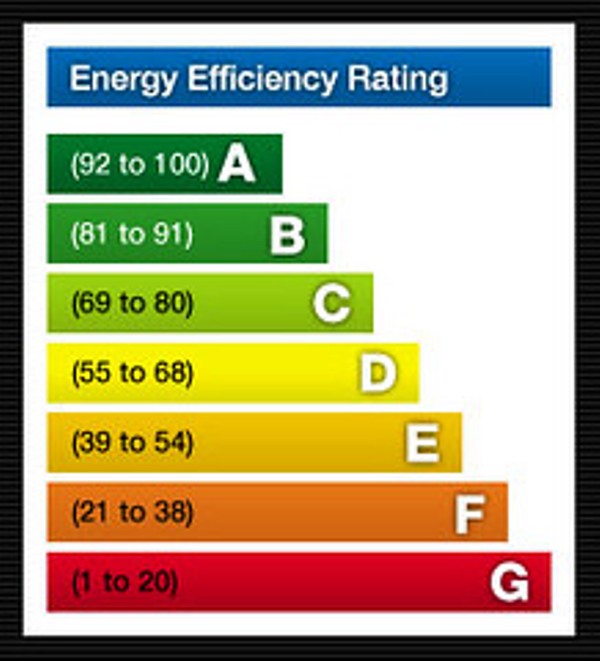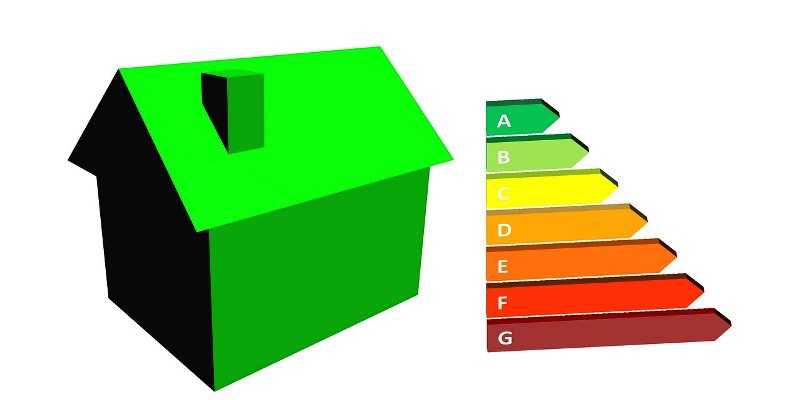What is SCOP (Seasonal Coefficient of Performance)
Summary
– Definition of the SCOP
– How to determine the SCOP?
– Energy class and label according to the SCOP
– And in practice?
The SCOP is a coefficient that may seem complicated, but it is handy for choosing a reversible air conditioner or a heat pump and comparing their performances. It gives the heating performance; it is the ratio between the energy produced and consumed. It defines the energy class represented on the energy label.
Definition of the SCOP
The SCOP is the seasonal performance coefficient. It defines the performance of a reversible air conditioning unit in hot mode or a heat pump throughout use.
To calculate it, you need to take the sum of heat energy produced over the season in kilowatt per hour (kWh) and divide it by the sum of energy consumed over the same period, also in kWh. More simply, the device produces on what it costs you: it is the seasonal efficiency.
How to determine the SCOP?
The manufacturer is responsible for providing this type of information on an energy label to the customer.
Manufacturers must rely on the EN 14825 standard defining the test methods and determination of the part-load characteristics and the seasonal performance calculation to classify their appliances. The standard stipulates that this calculation must be done for four predefined operating points, considering part-load and full-load conditions. The SCOP rating allows to classify the appliances from G to A+++, G being the worst performance.
Unlike SEER, SCOP takes into account three different European climates. The reference cities are Athens for the warm climate, Strasbourg for the temperate climate, and Helsinki for the cold weather. This classification gives the test and partial load conditions according to the outside temperature. Whether you are in Athens or Helsinki, the severity of the winter will not be the same, and therefore the drop in outside temperature will not be the same either. As a result, the same device will not consume depending on the geographical location. The outdoor test temperatures are -7°C, +2°C, +7°C, and +12°C. This differentiation allows a better representation of the results to get closer to the actual consumption.
Energy class

Energy class and label according to the SCOP
The SCOP complies with the European ErP (energy-related product) directive on eco-design to improve energy-consuming products. With this directive, reversible air conditioners and heat pumps with an energy class lower than A or A+ depending on the refrigerant (for a temperate climate, reference city Strasbourg) can no longer be marketed since January 1, 2014 (according to EU Regulation No. 206/2012).
The SCOP is taken into account in the definition of the energy class according to the following values:
|
Energy efficiency class |
SCOP |
|---|---|
|
A+++ |
SCOP ≥ 5,1 |
|
A++ |
4,6 ≤ SCOP < 5,1 |
|
A+ |
4 ≤ SCOP < 4,6 |
|
A |
3,4 ≤ SCOP < 4 |
Good to know: the SCOP will be accompanied by the SEER coefficient of seasonal performance in cooling mode for reversible air conditioners.
And in practice?
If you buy a reversible air conditioner or a heat pump of class A+ with a SCOP of 4.4, this means that over the heating season, when your appliance consumes 1 kWh, it produces 4.4 kWh of heating, on average. An undeniable advantage of thermodynamic systems is that they produce more than they consume.
Hope you have found this post helpful. Please let us know if you want to read about a specific topic, and we’ll get back to you quickly. This post is incomplete without your participation; please remember to share your thoughts in the section below.

